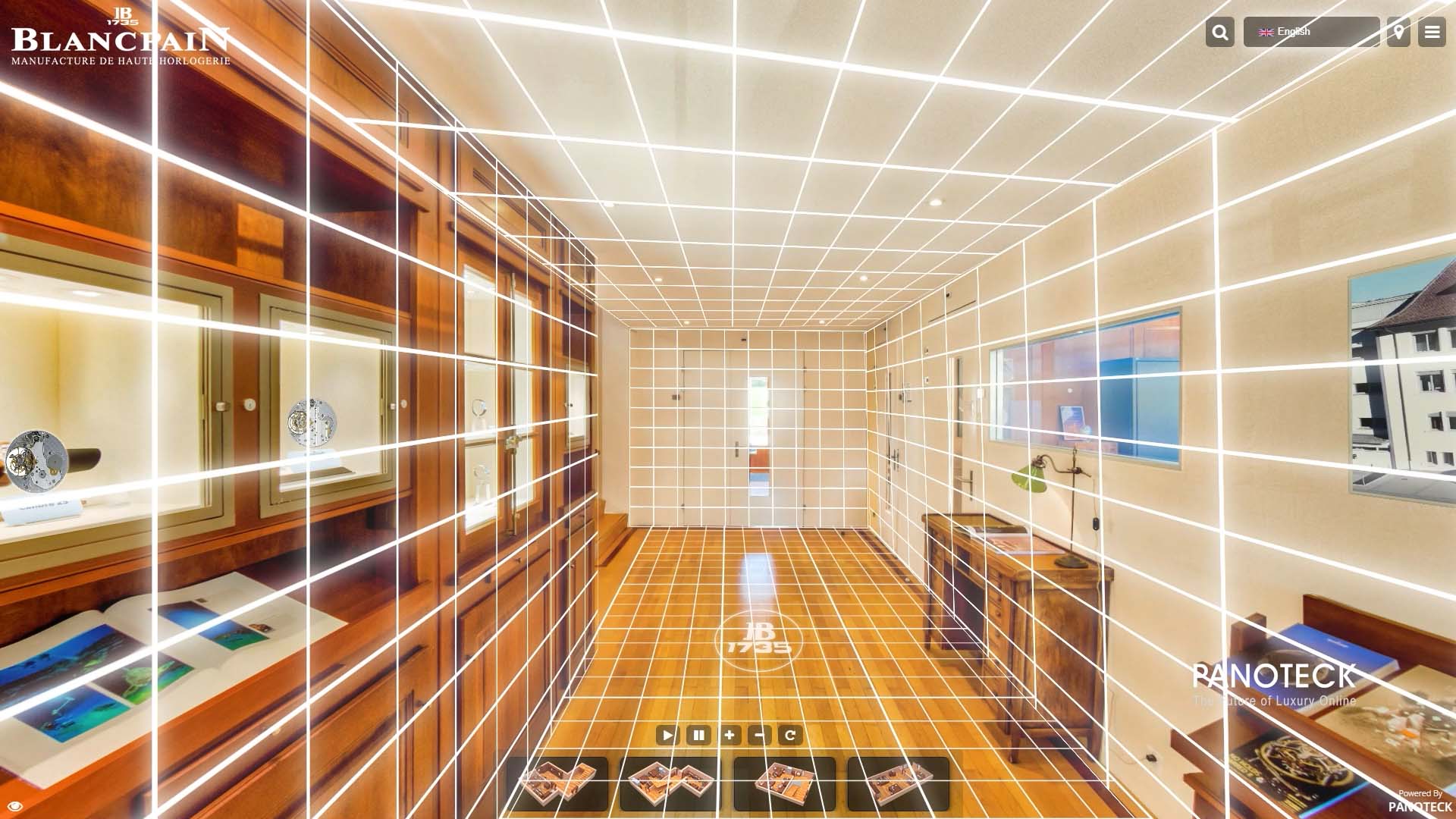Panoteck News
Virtual and Augmented Reality Are Transforming Retail

Virtual and augmented reality have become a hot topic at the current intersection of retail and technology. It’s an area more retailers are beginning to embrace to give consumers a more “real-life” look and feel to their shopping experience on digital platforms. It’s also an area, one industry report points out, that will largely be driven by consumers with a predicted revenue for retail alone of $1.6 billion by 2025.
VR and AR offers a competitive advantage in appealing to consumers in new and innovative ways. The average shopping experience is not enough for the modern-day shopper and the pandemic only exacerbated the issue. These growing technologies offer a fresh experience to consumers, giving them ways to virtually “try on” products but there is also a benefit in how they shop and search for products in virtual boutiques—all that can be done from the comfort of their home. Overall, these technologies are perhaps one of the best new ways brands are able demonstrate their value and stay relevant with existing customers while attracting new ones.
One target audience that many retail brands hope to lure are Millennials. According to one research firm, Millennials are already a potent force, but predicted that their current spending in the United States would rise to $1.4 trillion annually and represent 30 percent of total retail sales. It’s then no surprise that with the growing spending power of Millennials and upcoming Gen Z, luxury buyers are trending younger and prefer to shop mostly or exclusively online. Whereas one luxury study indicated that Millennials currently represent only about 32 percent of the global luxury market, by 2025 they will make up 50 percent of the total luxury market.
It’s clear that in order to attract and maintain Millennial and GenZ as customers, online retailers need to offer a more visual shopping experience. The proof is in their preference for video and image focused social media platforms such as TikTok and Instagram. Beyond merely providing eye-catching images or well-produced videos, online retailers need to create an entire path to purchase that can be traveled visually. This also makes an interesting mix when combined with their demand for “experiences” and view leading-edge technologies that fuse the digital and physical worlds, such as virtual reality and augmented reality, as a must-have feature of their omnichannel shopping experience.
As an early innovator, Panoteck long understood that smart brands that adopt AR and VR to create digital immersive experiences do so at an advantage to evoke the same emotional responses as their highly curated flag-ship stores and offer a new, highly engaging shopping experience that sets them apart from their competitors. We have created the most customizable technology platform, driven by Data as a Service (DaaS), Software as a Service (SaaS), Platform as a Service (PaaS) and Infrastructure as a Service (IaaS), that allow our clients to choose the level of complexity and customization that suits their needs and are fully managed by Panoteck. We provide our Brand Intelligence Dashboard with DaaS. With SaaS, we provide Virtual Experience applications, 3D products, 360 degree indoor panoramic imagery, video production and drone aerial imagery. Through PaaS we provide a development and testing environment, security, search and CRM capabilities. We use IaaS to provide virtualization, hosting and operations, content storage and backups, and a robust database. The entirety of the Panoteck Platform creates the most complete and innovative platform in the market today.
One thing that cannot be disputed is that the traditional retail experience continues to change, and brands need to change with it. Many retailers have already failed to adapt to the modern world and trends like AR and VR will only continue to evlove. The brands who will survive are the ones that are willing to embrace technological advancements and bring them into their shopping experience. Whether it’s for e-commerce or in-store, these technologies in retail hold the potential to create a unique brand experience that drives conversions, repeat visits and higher revenue. As we look into the near future, the one thing we can be sure of is that we will be seeing a bigger impact by augmented and virtual reality in our shopping experiences.
If interested in learning how virtual reality and 3D immersive experiences can benefit your retail business, visit Panoteck’s site to learn more.



